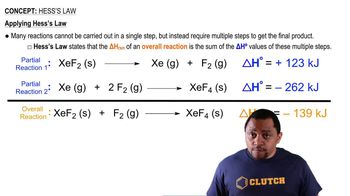a. Name the four compounds within the citric acid cycle that the carbon skeletons of the glucogenic amino acid enter as.
Why might it be a bad idea to take large quantities of a single amino acid dietary supplement?
 Verified step by step guidance
Verified step by step guidance
Verified Solution
Key Concepts
Amino Acids

Nutrient Imbalance

Potential Toxicity

Can an amino acid be both glucogenic and ketogenic? Explain why or why not.
The pancreatic proteases are synthesized and stored as zymogens. They are activated after the pancreatic juices enter the small intestine. Why is it essential that these enzymes be synthesized and stored in their inactive forms?
Determine how many ATPs you would make if you consumed a tetrapeptide comprised of leucine, histidine, valine, and lysine. Have each member of your group take one of the four amino acids and determine the number of ATPs their amino acid would make and combine them to get the total.
Unlike most amino acids, branched-chain amino acids are broken down in tissues other than the liver. Using Table 18.3, identify the three amino acids with branched-chain R groups. For any one of these amino acids, write the equation for its transamination.
Fumarate from step 3 of the urea cycle may be recycled into aspartate for use in step 2 of the cycle. The sequence of reactions for this process is
a. <IMAGE>
b. <IMAGE>
c. <IMAGE>
Classify each reaction as one of the following:
1. Oxidation
2. Reduction
3. Transamination
4. Elimination
5. Addition
